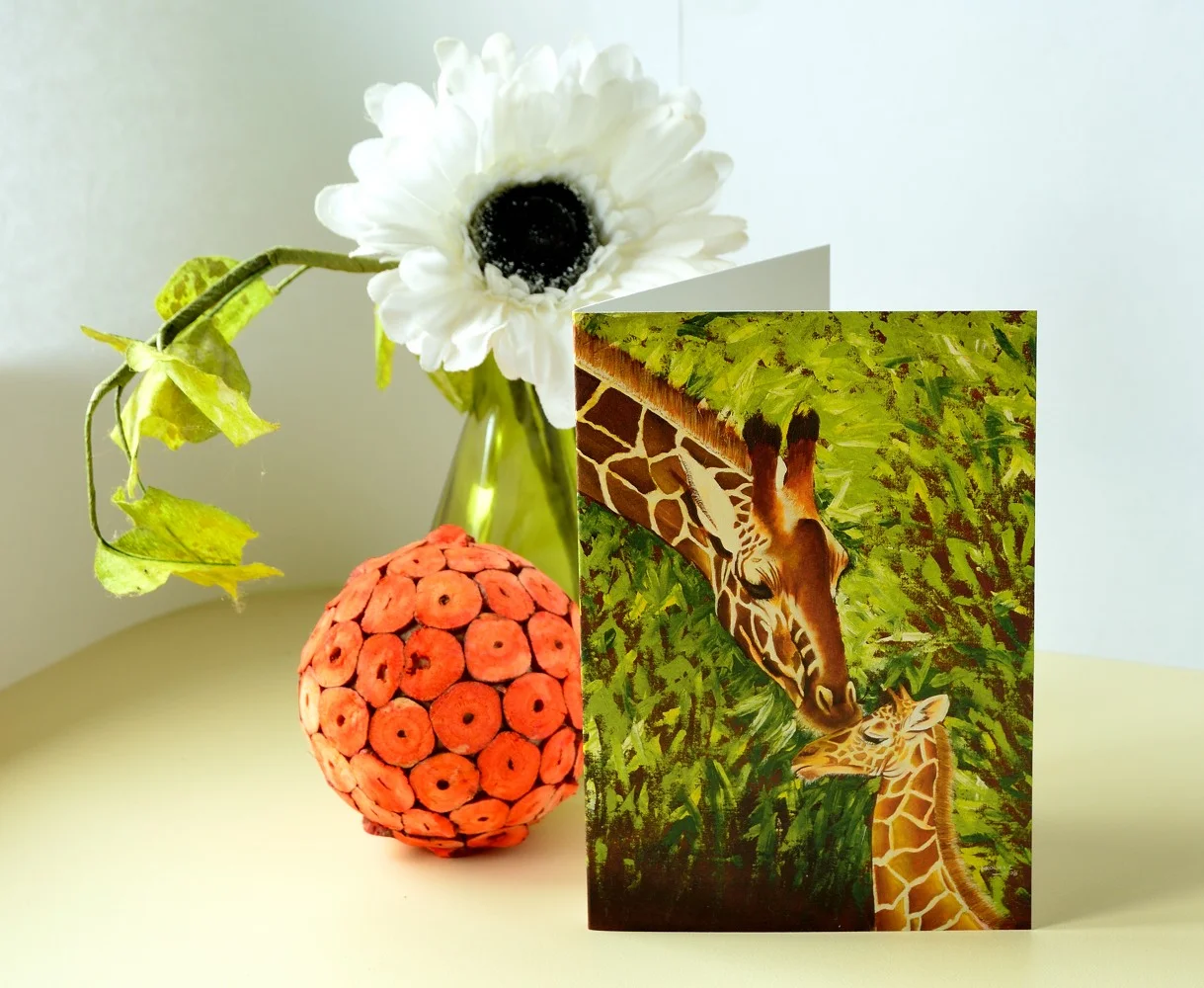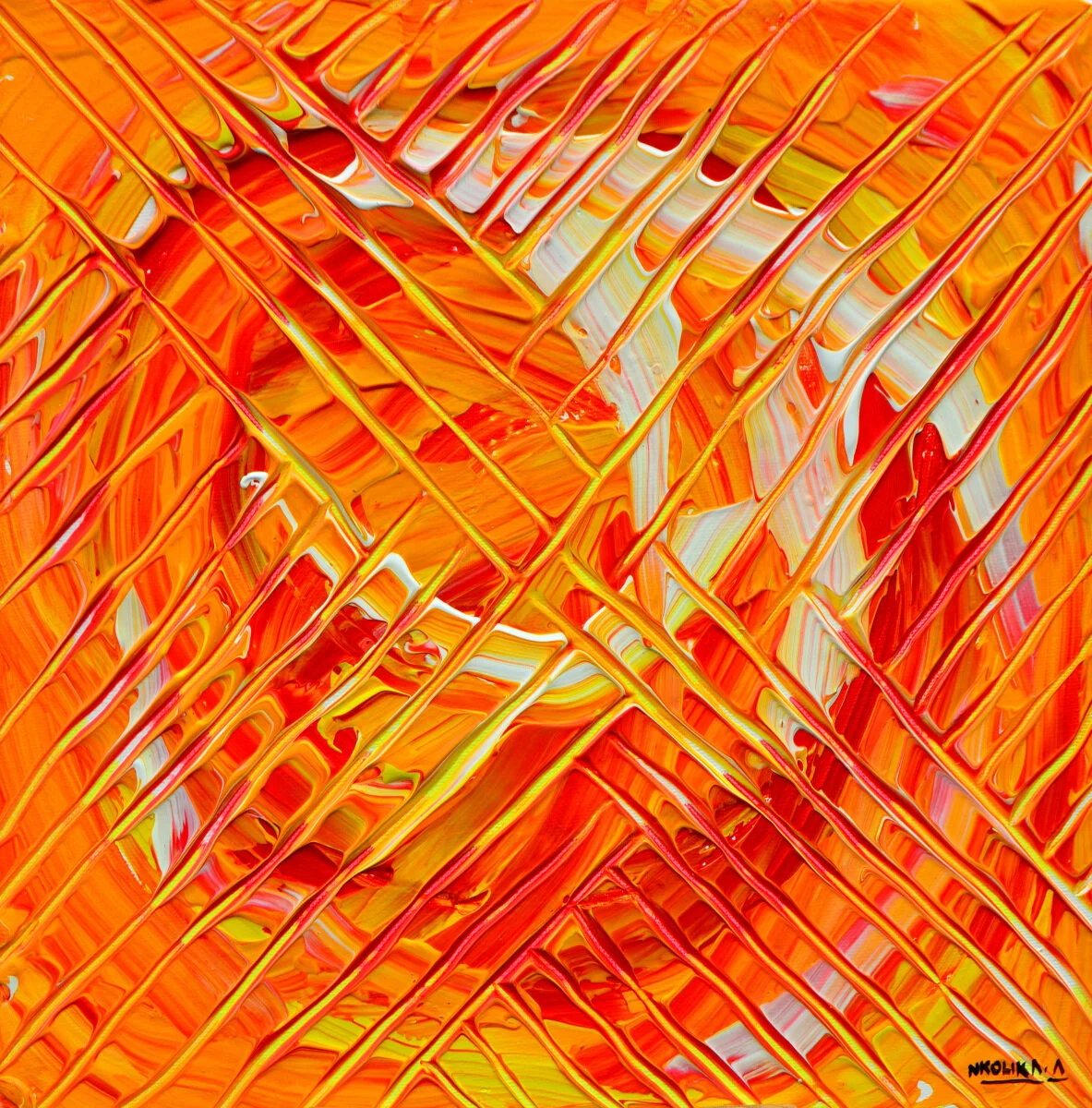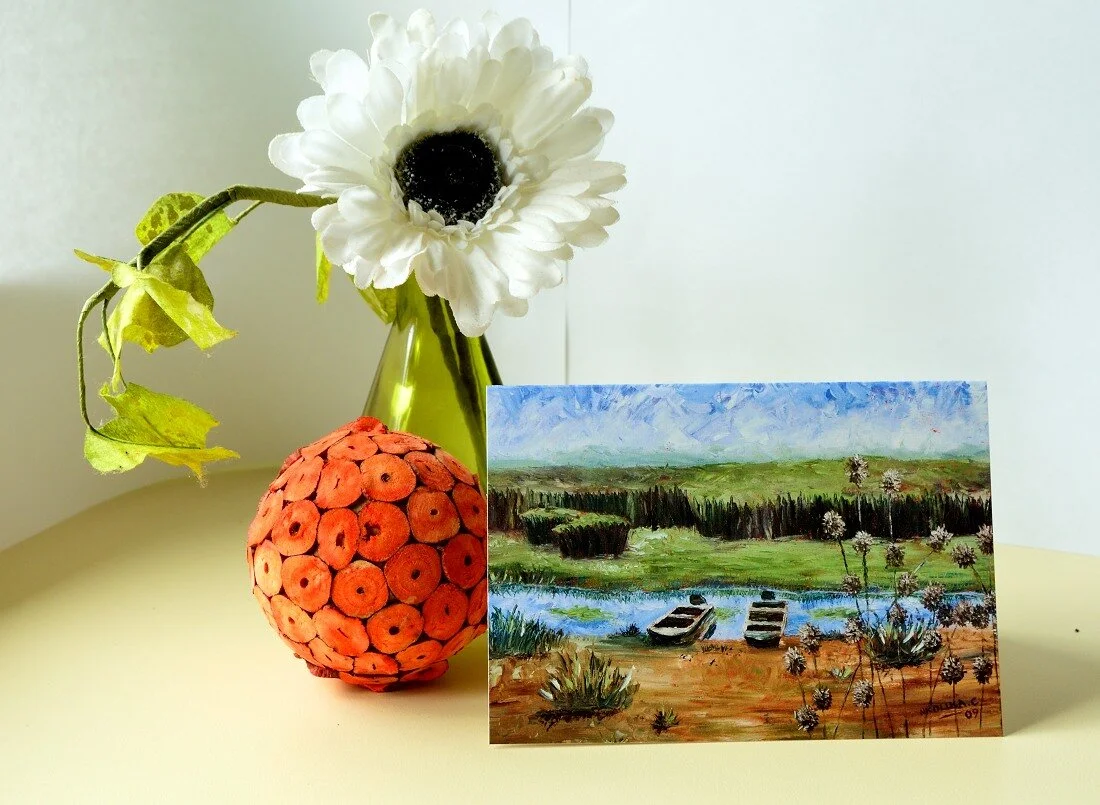Painting Surface For Acrylic
Acrylic paint is very beautiful but can be very annoying and frustrating to use. Somehow when I was starting off in my world of painting I thought acrylic paint could be applied to any surface (I do not know where I got that notion!), but I soon discovered it is not true.
Though it can adhere to many surfaces; it is best to avoid surfaces that are oily or contain wax.
Fast forward 25 years and after lots of trials and error mixed with lots of research and discussions with other artists I can confidently say that Acrylic is one of the most versatile painting media available.
Acrylic paint can be used on
Paper (Any type of paper would accept acrylic paint)
Wood
Canvas
Ceramic
Glass
Stone, brick for murals
Before applying Acrylic paint to any surface it is advisable to prepare the surface with an Acrylic based primer. These are available in different sizes and are essential for working with Acrylic.
You can browse a wide selection here.
Canvases can be bought ready stretched and primed or they can be bought in the raw form ready for priming and stretching.
I often buy ready primed canvas in large rolls (as they are cheaper!) and either use them like that or apply 1 or 2 extra layers of primer before I use them.
Canvases are also available as canvas boards or panels which are much more sturdy and do not need stretching. There is a large variety of sizes to choose from.
Canvas sheets, pads and blocks are a very cheap alternative to stretched canvas, panels and boards. They are easy to cut to size and perfect for experimenting with colours or trying out new techniques.






















